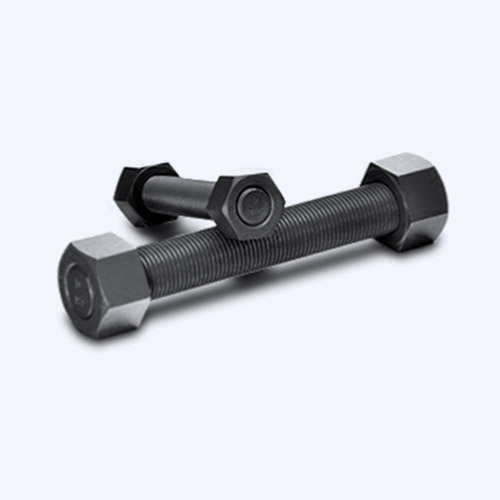Oct . 16, 2024 10:59 Back to list
steel washer sizes
Understanding Steel Washer Sizes A Comprehensive Guide
Steel washers are essential components in various mechanical applications, serving multiple purposes such as distributing load, preventing loosening, and providing insulation. Understanding the different sizes and types of steel washers is crucial for engineers, DIY enthusiasts, and anyone involved in construction or machinery assembly.
What are Steel Washers?
Washers are thin plates, typically with a hole in the center, used to distribute the load of a threaded fastener, such as a bolt or a screw. Steel washers are made from various grades of steel, offering different levels of strength, corrosion resistance, and durability. The most common types of steel used include carbon steel, stainless steel, and alloy steel.
Sizes and Measurements
When discussing steel washer sizes, it’s important to consider several measurements
1. Inner Diameter (ID) This is the hole size of the washer, which must be compatible with the diameter of the bolt or screw it will be paired with. Common sizes range from small diameters (e.g., 1/4 inch) to larger ones (e.g., 1 inch).
2. Outer Diameter (OD) The overall diameter of the washer, which provides the surface area for load distribution. Larger outer diameters are typically used for heavier applications to minimize the risk of damage to the material being fastened.
steel washer sizes

3. Thickness The thickness of the washer affects its load-bearing capacity. Thicker washers can handle more load but may also add weight and bulk to the assembly.
4. Type and Shape While flat washers are the most common, other types include lock washers (which help prevent loosening) and wave washers (which provide cushioning). The choice of washer type can depend on the specific application and requirements.
Choosing the Right Size
Selecting the right size and type of washer is vital for ensuring the integrity of a joint. An improperly sized washer can lead to uneven stress distribution or failure of the assembly. As a general rule, the outer diameter should be at least 1.5 to 2 times the inner diameter to provide adequate support.
Standardization
Washers come in standardized sizes, which makes it easier for manufacturers and users to find the right piece for their needs. The American Standard and Metric systems provide classifications for washer sizes, ensuring compatibility across various hardware components.
Conclusion
In summary, understanding steel washer sizes is crucial for anyone involved in construction or engineering. By knowing the various measurements and types available, you can make informed decisions that ensure the safety and longevity of your projects. Whether you’re a professional or a DIY enthusiast, having the right steel washer at your disposal can make all the difference in achieving a successful assembly. Always remember to consult specifications and standards to ensure you select the appropriate washer for your specific application.


